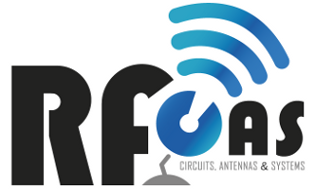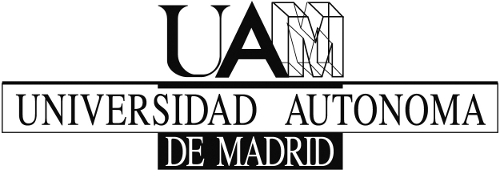| Título | Modal Network Model for MIMO Antenna in-System Optimization |
| Tipo de publicación | Journal Article |
| Year of Publication | 2011 |
| Autores | Pontes, J., J. Córcoles, M. A. González, and T. Zwick |
| Journal | IEEE Transactions on Antennas and Propagation |
| Volumen | 59 |
| Pagination | 643-653 |
| Date Published | Feb |
| ISSN | 0018-926X |
| Palabras clave | 3D Ray-tracing tool, Antenna arrays, antenna inter element spacing, antenna optimization, antenna rotation, base station antenna, capacity performance, cellular radio, macro-cellular scenario, MIMO antenna, MIMO communication, MIMO network model, MIMO system, mobile antennas, mobile station antenna, modal network model, multiple-input multiple-output (MIMO), network theory, path-based channel models, receiving antenna, receiving antennas, spherical mode expansion, system optimization, transmitting antenna, transmitting antennas |
| Resumen | The analysis of MIMO systems is described with the aid of a novel modal network model. For this purpose the capacity performance of typical base station and mobile station antennas in a simulated macro-cellular scenario with varying antenna inter element spacings and antenna rotation will be studied. The model is based on the modal description of typical receiving and transmitting antennas. In this manner a significant simulation time reduction is achieved which allows for faster analysis and optimization. To prove this the effects of both the mobile and base station antennas are investigated. Moreover, for the more restrictive case of base station antennas, a fully modal descriptive model is proven to yield very similar results as those from measured commercial antennas. It is found that the modal approach improves simulation speed without loss of accuracy or generality. Simulations are done for the city of Karlsruhe with a three-dimensional Ray-tracing tool. |
| URL | http://ieeexplore.ieee.org/stamp/stamp.jsp?tp=&arnumber=5654566 |
| DOI | 10.1109/TAP.2010.2096179 |


